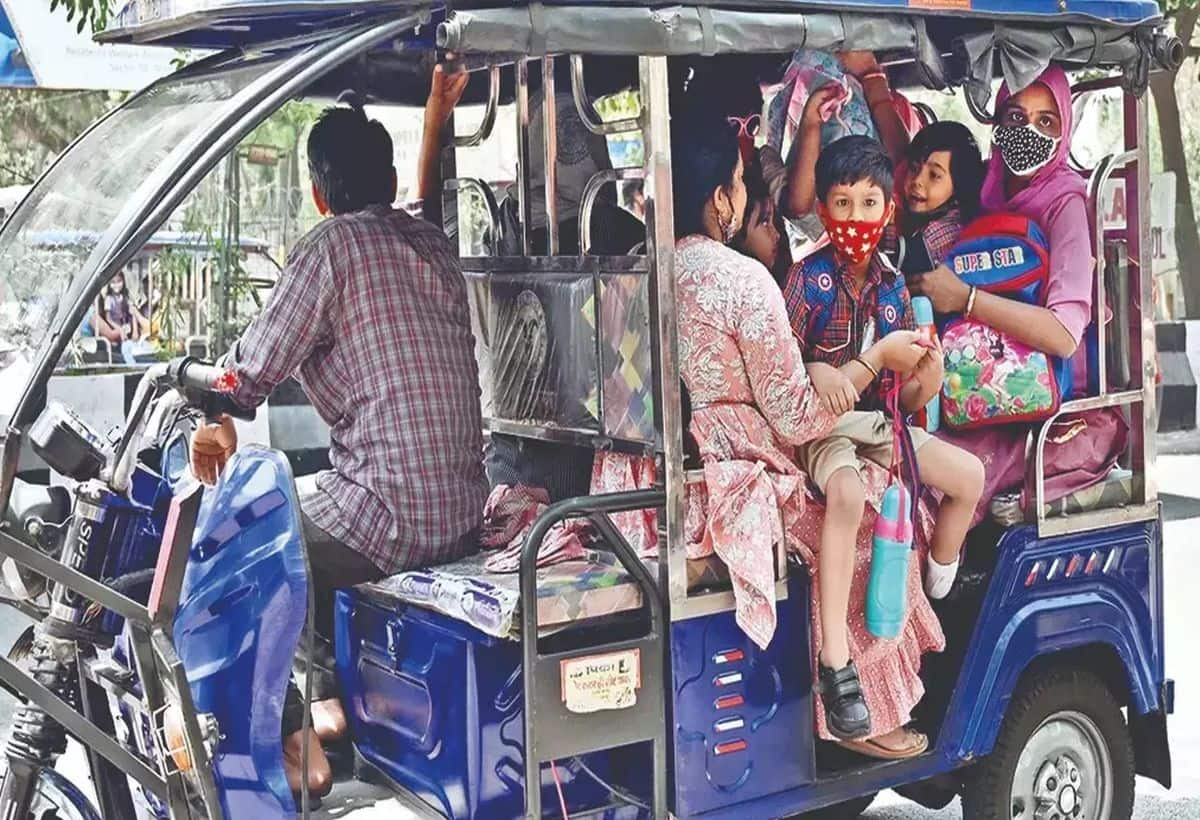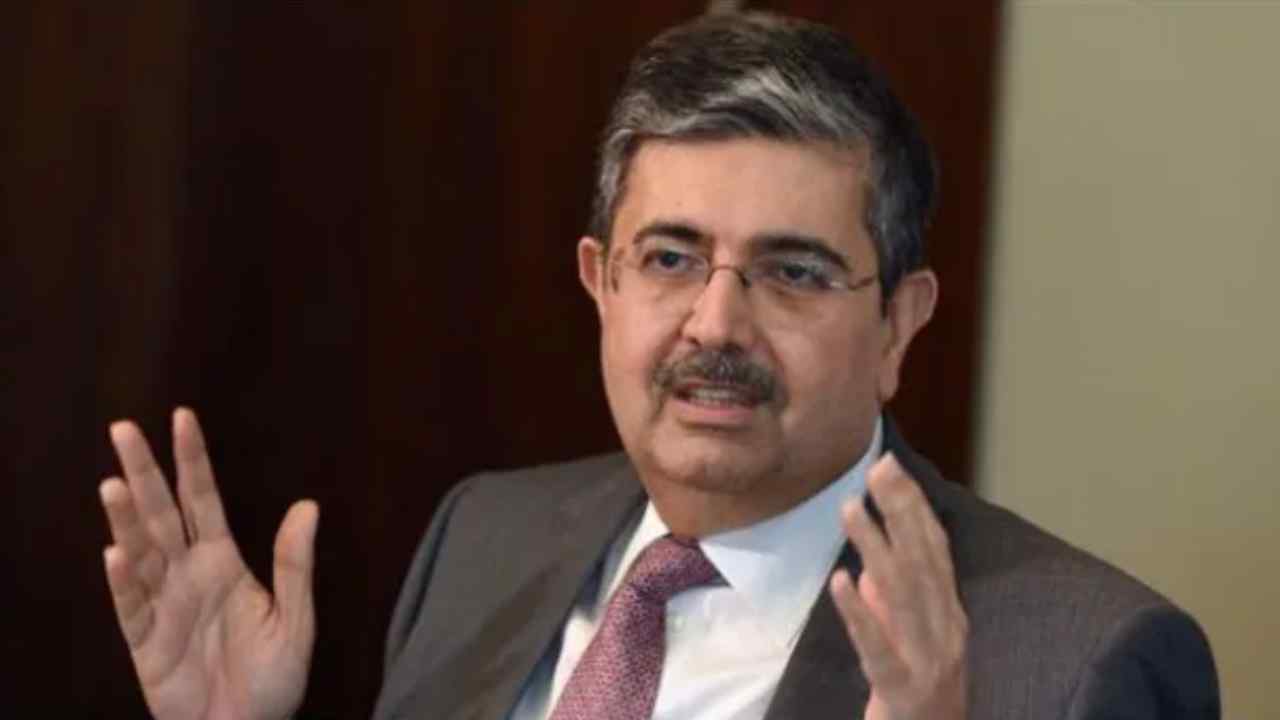The Growing Challenges of E-Rickshaws in Ghaziabad
E-rickshaws have become a crucial source of livelihood for many individuals, particularly in urban areas where public transportation options may be limited. However, their increasing presence has raised several concerns, leading to a wave of restrictions. In Ghaziabad, Uttar Pradesh, authorities have initiated the process to ban e-rickshaws on key roads to address traffic congestion and safety issues.
Reasons Behind the Ban
The Ghaziabad Commissionerate Police has highlighted that e-rickshaws contribute significantly to traffic jams, particularly on major routes, such as NH-9 and Hapur Road. According to Additional Deputy Commissioner of Police Piyush Kumar Singh, the ban on e-rickshaws will extend to Ambedkar Road starting September 12. This decision comes after numerous complaints from commuters stuck in traffic, especially during peak hours when traffic is at its worst.
Specific Restrictions
| Road | Time Restrictions | Prohibited Activity |
|---|---|---|
| Ambedkar Road | 7 AM – 10 PM | Movement of e-rickshaws |
| Old Bus Stand to Maliwada | 7 AM – 10 PM | Movement of e-rickshaws |
The Impact on Commuters and Business
This ban means that while e-rickshaws will no longer be able to operate on busy thoroughfares, they will drop off passengers approximately 50 meters away from Ambedkar Road, creating added inconvenience for riders. Notably, key marketplaces such as Turabnagar and Kirana Mandi Maliwada are situated along this route, making e-rickshaws vital for local commuters. Meanwhile, auto-rickshaws will continue to operate as usual, providing an alternative for those needing transportation along these congested routes.
Broader Traffic Management Initiatives
The ban on e-rickshaws is part of a larger traffic management strategy aimed at mitigating congestion on Ambedkar Road. Alongside this action, police plan to crack down on illegal parking, which has been another contributing factor to traffic bottlenecks. By enforcing stricter parking regulations and keeping e-rickshaws off the roads during peak hours, authorities hope to improve the overall flow of traffic, thereby reducing the time commuters spend on the road.
Future Implications
As local authorities move forward with these restrictions, the livelihoods of many e-rickshaw drivers are at stake. It remains to be seen how this regulation will be enforced and whether alternative measures, such as designated E-rickshaw lanes or their redistribution to less congested areas, will be explored. Compounded with the plans to address illegal parking, these measures indicate a shift towards more organized and efficient urban transportation systems in Ghaziabad.
The dynamic between improving traffic flow and ensuring the livelihood of those dependent on e-rickshaws will require careful consideration and dialogue among city planners, law enforcement, and the community at large.











